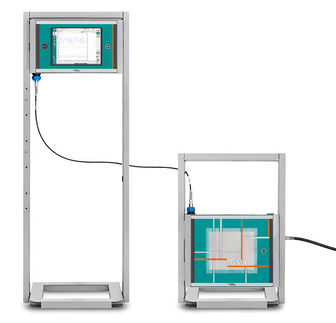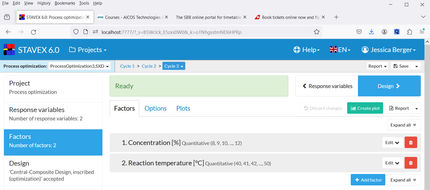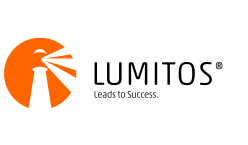To use all functions of this page, please activate cookies in your browser.
my.bionity.com
With an accout for my.bionity.com you can always see everything at a glance – and you can configure your own website and individual newsletter.
- My watch list
- My saved searches
- My saved topics
- My newsletter
Neurodiversity
Neurodiversity is an idea that asserts that atypical (neurodivergent) neurological development is a normal human difference that is to be tolerated and respected as any other human difference.[1] The concept of neurodiversity is embraced by some autistic individuals and people with related conditions, who believe that autism is not a disorder, but a part of their identity, so that curing autistic people would be the same as destroying their original personalities. Proponents prefer the term over such labels as "abnormal" and "disabled". Some groups apply the concept of neurodiversity to ADHD, developmental speech disorders as well as dyslexic, dyspraxic and hyperactive people. Product highlight
History of the termThe earliest published use of the term appears in a New York Times article by Harvey Blume on September 30, 1998:[2]
Previous to this, although Blume did not make explicit use of the term Neurodiversity, he wrote in a New York Times piece on June 30, 1997:[3]
Blume is also notable for his early public advocacy and prediction of the role the internet would play in fostering neurodiversity.[4]
The term mostly appears within the online autistic community, but its usage has spread to a more general meaning; for example, the Developmental Adult Neurodiversity Association (DANDA) in the UK encompasses developmental dyspraxia, ADHD, Asperger syndrome and related conditions.[5] Usage of the term has seen a boost with a 2004 New York Times article by Amy Harmon, "The Disability Movement Turns to Brains".[1] Views on prejudice
The term neurodiversity is usually used as a statement against alleged prejudice and bigotry towards sufferers of autism and other neurological disorders, which has been claimed to be the following by neurodiversity proponents:
Proponents and opponents
Many supporters of neurodiversity are anti-cure autistics, who are engaged in advocacy; some parents of autistic children also support neurodiversity. Such parents say they value their children's individuality and want to allow their children to develop naturally. For example, Morton Ann Gernsbacher is a parent of an autistic child and a psychology professor, who argues that autistics need acceptance, not a cure, and endorses the theory that autism cannot be separated from the person.[6] According to proponents, autistics may need therapies only to cure comorbid conditions, or to develop useful skills. Forcing autistics to act as desired, or trying get rid of autistic neurological wiring is condemned. The proponents think that if autistics face more difficulties in life, the source are the society's institutions and habits, not autism itself. The arguments for considering autism and other conditions a form of neurodiversity (as opposed to true disorders) are the following:
Because autistic people usually have some challenges in life, there are some people who think finding a cure for autism would be in the best interest of autistics. These people believe a cure for autism is the best way to solve the problems of autistics, and see it as unfair and inappropriate to characterize the desire to cure autism as bigotry. At issue is whether autism, ADHD and other conditions are true disorders or better explained as neurodiversity. The term has not been addressed much in the scientific literature; as of 2007, no reference to the term appears in the Medline index. ReferencesAt Wikiversity you can learn about Neurodiversity at:
The Neurodiversity Movement
|
||||||||||||||||||||||||||||||||||||||||||||
| This article is licensed under the GNU Free Documentation License. It uses material from the Wikipedia article "Neurodiversity". A list of authors is available in Wikipedia. | ||||||||||||||||||||||||||||||||||||||||||||
- Morphochem announces determination of the X-ray structure of Endothelin Converting Enzyme (ECE-1) complexed with Phosphoramidon
- ‘On the origin of nematodes’ – A phylogenetic tree of the world’s most numerous group of animals - Wageningen UR publishes phylogenetic tree of nematodes
- Arthur_Henry_Reginald_Buller
- Nutty stimulant revealed as anticancer tool
- Ein neuer Test könnte die Diagnose der Alzheimer-Krankheit erleichtern







